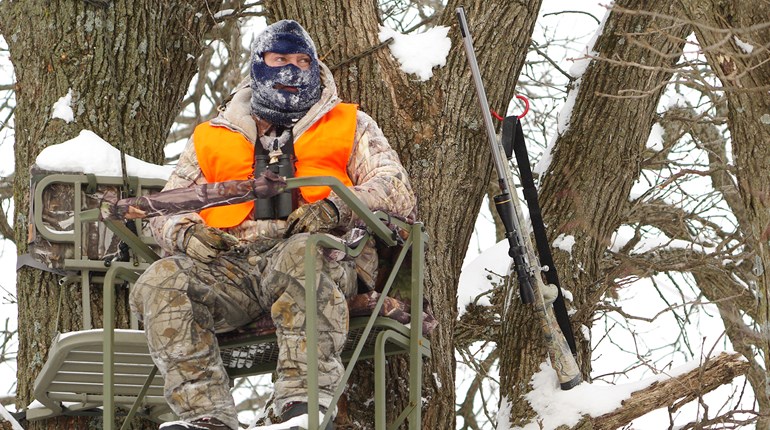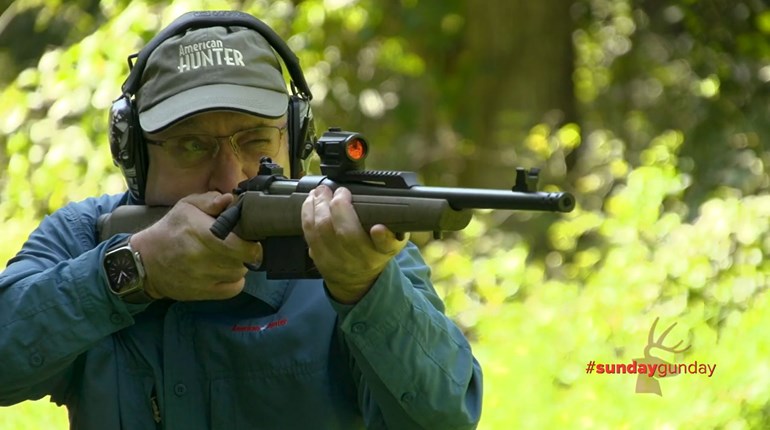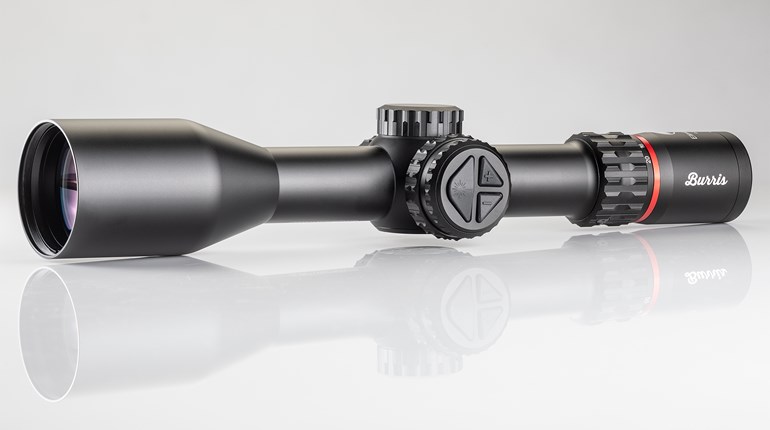
Once the rut begins winding down, so does the banter of bulls, particularly mature bulls. They become tight lipped as they retreat into bachelor groups and focus on rehabbing after the exhausting rut. Depending on hunting pressure, herds of cows accompanied by young bulls may also stifle their conversation.
I still call at this time in hopes of sparking a locating response, but once elk fall silent, finding them turns into a Daniel Boone event. Your woodland skills come into play. My last four October elk hunts stand as proof of this “Jay and Silent Bob” treatment. Leaving the herds behind in search of the older bulls left me in a hushed world. Without regrets, I dusted off the coonskin cap and took up the challenge.

Analyze the Necessities
Regardless of the hunting unit, elk require food and water like you. Unlike you, they require a lot, especially a large bull at 800 pounds or more. Depending on the size of a mature elk, it requires 22 pounds of grass or more daily. Add in several bachelor buddies, young or old, and these elk look for worthy buffets of grass daily. And since elk are grazers, they seek out a similar diet to livestock.
Although you may find the gathering elk herds grazing large meadows, mesas and slopes, a bachelor group may focus on more secluded, rugged and smaller grass opportunities. Of the last three bulls I tagged during October hunts, two of the three were found feeding in openings no larger than 20 to 30 acres. The third bull took a chance in a snowstorm and ravenously fed through an alpine basin, so I Hornady-scolded him for breaking the rules.
As fall transitions to winter, bull elk have no aversion to utilizing vertical slopes of grass, overlooked in the summer when pickings are easy. These places characteristically sport little hunting pressure. In snow-covered country, these slopes, principally south facing, provide both feed and steep escape routes that elk survey to evade natural predation.
Elk also require water. Numerous studies across elk country verify they rarely stray more than a half mile from a source. Like grass, a bachelor herd does not need the Great Lakes as a resource. Small seeps, creeks and ponds suffice if major water sources do not exist. Tired bulls would rather slurp up their daily requirement of 4 to 12 gallons or more per day from an isolated source than expose themselves.
 After snow melts on open hillsides there is likely enough of it left to sustain elk with water sources as they prospect for the best sanctuary, moving from woodlot to woodlot.
After snow melts on open hillsides there is likely enough of it left to sustain elk with water sources as they prospect for the best sanctuary, moving from woodlot to woodlot.
One climatic condition I watch closely is snow. Once snow blankets the landscape elk have the wherewithal to move to even more removed and eccentric refuge. They can utilize the snow as their water source as they prospect for the best in sanctuary. And remember, even if the snow melts in the open, enough may exist on a north slope to keep elk supplied as they dodge hunting pressure. Two seasons back, bulls dragged me on a never-ending scramble to find them as they utilized snow to bounce from grass source to grass source without a need for consistent water. Snow was all around them.
Analyze Their Trails and Yours
You know this, but it deserves refreshing: Most mature bachelor bulls take up a domicile not easily accessed by you. As I analyze a new area, the first thing I do is pull it up my hunting app and study all access in and out. This includes roads, off-road routes and hiking trails. And with today’s invasion of e-bikes, I am also researching to see if they are allowed in the area.
The fewer designated routes the better for increased possibilities of elk meetings. Instead of using these routes as a mainstay, utilize them to access the borders of areas without any improved or signed pathways within. To maximize your access, look for game trails and even long-forgotten roads used by explorers of yesteryear for an incursion. During any initial hike into an area, study trails for fresh boot tracks, newly used firepits or even signs of illegal ATV/UTV access.
As you scan for signs of hunting pressure, inspect the ground for evidence of your quarry. On bare ground, look for tracks in moist or dusty portions of trails. Water sources easily disclose elk activity in the area. Crisp-cut tracks indicate freshness; bull tracks are usually larger than the rest of the elk population. Large, moist droppings also tell a tale of a recent bull visit.
Snow helps immensely. Not only can you see freshness as opposed to tracks melted by warmer weather, but the number of tracks also reveals bachelors. Into October, most cows, calves and young bulls gather in larger groups sometimes of 100 or more. On the other hand, bachelor bull groups diminish in size. A smattering of tracks coursing through a meadow freshly covered in snow tells me I am in the presence of bulls, not a herd of cows. One season a distinct pattern of snowy tracks leading from a northeast slope to a treeless opening helped me devise an ambush. The clues eventually led me to several bulls exposing themselves to feed on a dim, snowy morning.

Focus on Refuge
I believe everything in finding tight-lipped elk comes down to a safe place, whether you seek a cow or bull. For bulls, expect the sanctuary to be more out-of-the-way. If you look at an area and immediately say “no way,” you may have found your elk hideout. Using your hunting app or boots on the ground, confirm the above prerequisites including food, water and challenging access. Now look for the elk clubhouse.
Unless your unit includes desert or prairie, think timber, but not the image you see in a Forest Service ad. You are looking for a forest setting that has a dark, thick and rugged atmosphere. Oftentimes this setting is found on a north slope—and never count out a setting that is too steep. Elk have a knack for finding beds on even the sheerest of slopes. They find divots left by fallen trees, dislodged boulders and they even paw out spots to make beds of questionable nature that are perfect for a day of hiding.
Sometimes these sanctuaries may be a mile from good feed, but elk surprise me by simply disappearing into a dark slope adjacent to a food source and reappearing there at the next dim period of the day.
Finding elk after they suppress their conversational side requires a Daniel Boone approach. Follow the basics and go beyond your comfort level to find tight-lipped elk.




































